Now, what are carbohydrates? Is sugar a carbohydrate? Yep. What about starch? Well, starch is also part of the carbohydrates. Fibre? Fibre is also part of the carbohydrates, but a special kind, as we’ll see. We’ll start by looking at the chemistry of carbohydrates. So carbohydrates are built from small building blocks called monosaccharides. And the main monosaccharide is glucose.
Chemistry of Carbohydrates
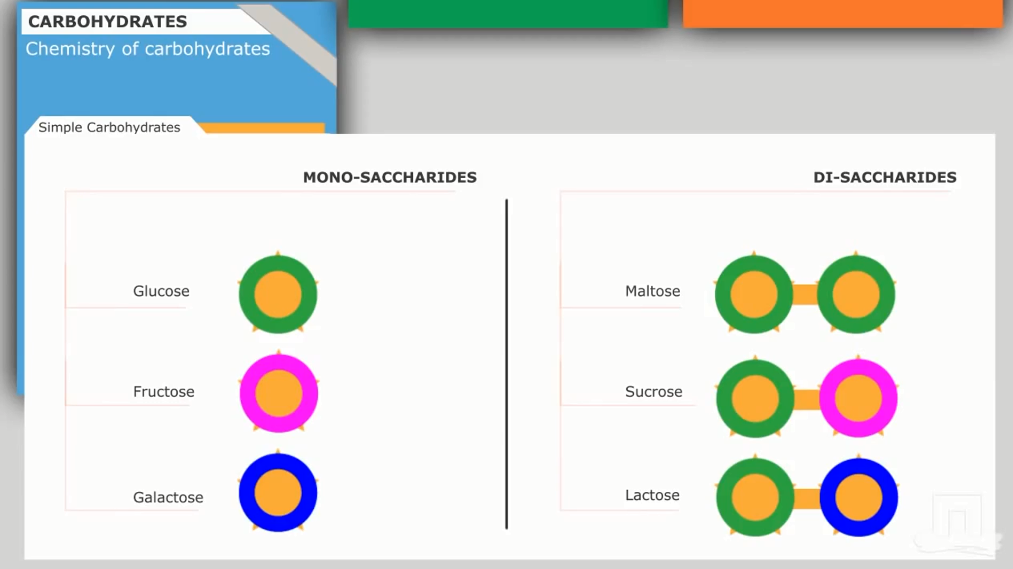
Carbohydrates are one of the three macronutrients in our eating regimen other than fat and protein. So let’s talk about what carbohydrates are and their chemical composition.
Carbohydrates can be isolated into simple carbohydrates, alluded to as sugars and complex carbohydrates. But for now, we will concentrate on the simple carbohydrates, which separate into monosaccharides and disaccharides.
The monosaccharides are glucose, fructose, and galactose. And the disaccharides are composed of these three monosaccharides:
- So we have maltose, which is composed of two molecules of glucose.
- We have sucrose, which is composed of a molecule of glucose linked to fructose,
- and we have lactose, which is composed of glucose linked to galactose
All these mono and disaccharides exist in our diet except galactose which is only present in our diet as part of lactose. The monosaccharides directly absorb into our bloodstream, so they don’t require digestion. However, the disaccharides need to break into the individual monosaccharides. This process is part of normal digestion and is called hydrolysis.
So we can break down the disaccharides into individual monosaccharides through hydrolysis. And as an example, we can have sucrose, an integral part of our diet, it is table sugar, and it can undergo hydrolysis to yield the individual monosaccharides glucose and fructose. Through that process, we can utilize the energy available in the disaccharides by forming the monosaccharides. Then it’ll be absorbed into the bloodstream and used as an energy source.
Carbohydrate Content of Foods
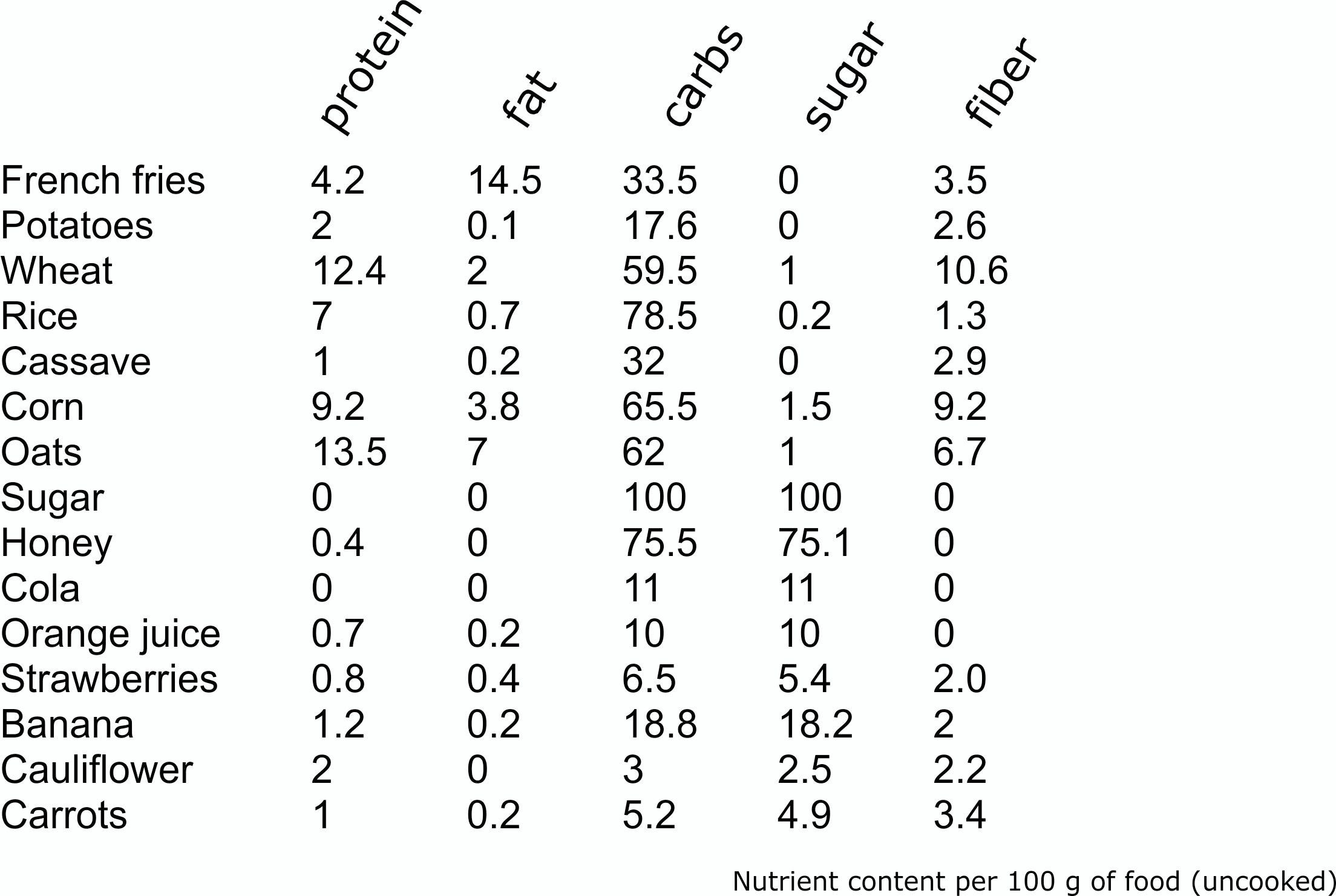
As you can see from the table above, many foods are high in carbohydrates. The predominant sources of carbohydrates in most people’s diets are starchy foods such as wheat, corn, rice, cassava, and potatoes. The raw forms of these foods (e.g., whole wheat, brown rice, etc.) also contain substantial amounts of fibre, which is lost during processing. Numerous nourishments are wealthy in carbohydrates because of their high sugar content, usually available (as in organic products) or included during processing.
- Meat contains only minimal amounts of carbohydrates in the form of glycogen.
- More information about the composition of foods and food composition tables can be found here and here.
*Please note that the carbohydrate content of food shown on the food label is calculated differently in different parts of the world, particularly concerning dietary fibre. For instance, in the USA, the carbohydrate content is the amount left over after considering the amounts of water, protein, fat, alcohol, and ash (minerals). The carbohydrate content is thus obtained by subtraction.
On European nutritional labels, carbohydrate is defined as “available carbohydrate,” which does not include dietary fibre. Available carbohydrate is obtained by adding sugars and starches to the sample.
Carbohydrates Digestion
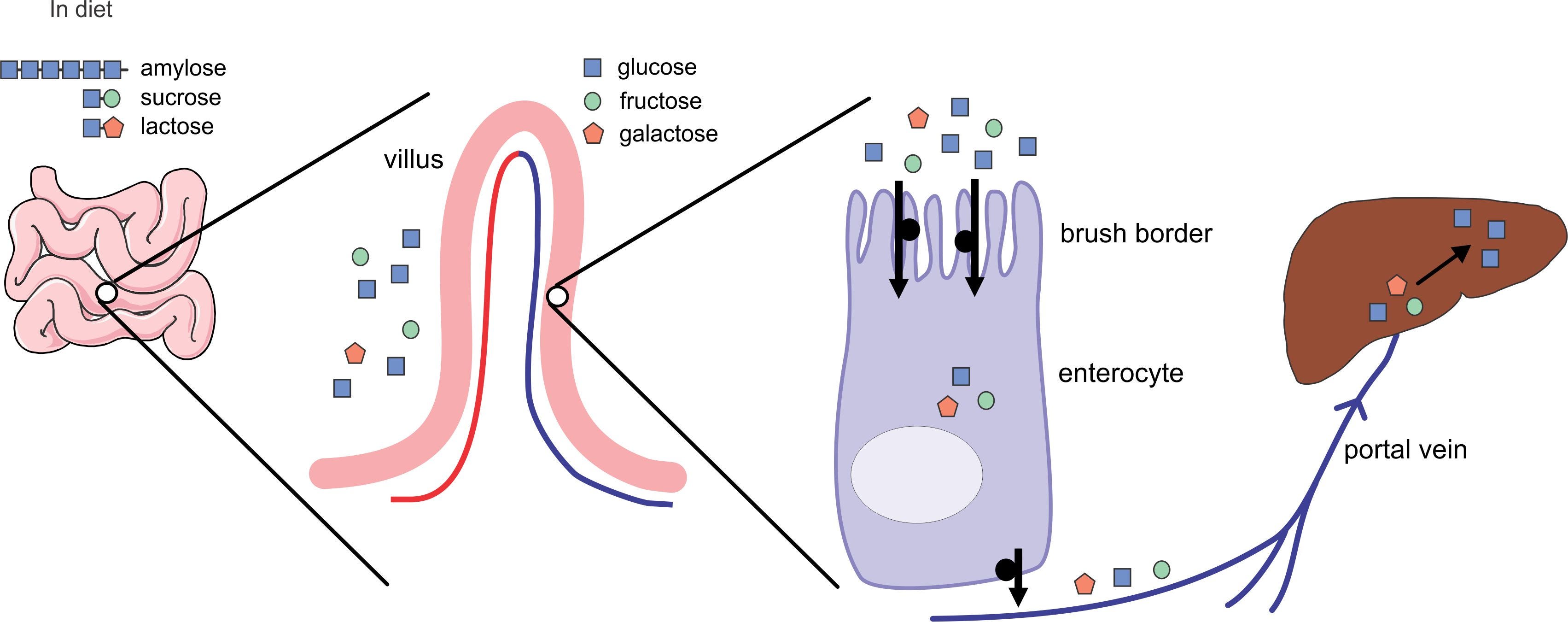
Dietary carbohydrates require digestion in the first place before they can be absorbed. And these include starch, a polymer of glucose, and the three disaccharides sucrose, maltose, and lactose.
Let’s start in the mouth. We know that we produce saliva, which contains an enzyme called amylase, which can break down starch to some degree. Because as soon as you swallow the food and it enters the stomach. The stomach’s acidity quickly inactivates the salivary amylase, and no further digestion occurs.
And digestion doesn’t restart until the food reaches the duodenum, the first part of the small intestine, where the pancreatic juice is added to the food.
The pancreatic juice contains an enzyme called pancreatic amylase. That’s also a degrading starch enzyme; through its action, starch – the glucose polymer- is broken down into much smaller units, ultimately maltose, the disaccharide of two glucose subunits.
So we end up with maltose, sucrose, and lactose as the disaccharides that need further digestion before they can be absorbed. And the body has the appropriate enzymes to break down those three disaccharides into monosaccharides. So we have an enzyme called lactase to break down lactose. We have an enzyme called sucrase to break down sucrose, and an enzyme called maltase to break down maltose. So, in the end, we end up with the three monosaccharides: glucose predominantly, galactose, and fructose.
Carbohydrates Absorption
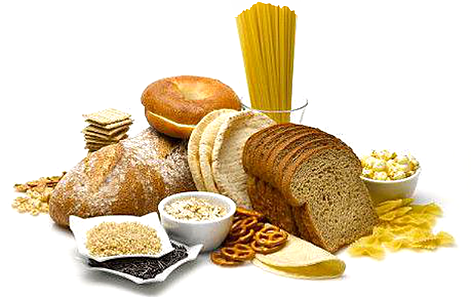
So let’s follow those three monosaccharides. They are produced in the small intestine and must be absorbed into the bloodstream. And this happens after uptake by the intestinal cells, the so-called enterocytes. So the part of the enterocytes that borders the interior of the small intestine has special transporters that allow these cells to take up the monosaccharides.
On the other side of the cell, there is the bloodstream. So there is another set of transporters to transport the monosaccharides from the cell’s interior to the bloodstream. And what is important to realize is that once they enter the bloodstream, the monosaccharides immediately go through the portal vein to the liver. So they are not distributed across the body.
They first go to the liver so the liver can decide on what happens to these monosaccharides. And that means most of the fructose is cleared, or almost all of it is cleared, so no fructose reaches the tissues outside the liver. Whereas for glucose, substantial amounts continue to go to the rest of the body.
What about Non-digestible Carbohydrates or Dietary Fibre?
The non-digestible carbohydrates are also called dietary fibre. The definition of dietary fibre is that it is not subject to digestion to our normal digestive enzymes. And that separates it from the digestible carbohydrates that we just discussed.
That doesn’t mean there is no digestion at all because, depending on the type of fibre, some digestion can occur in the large intestine or colon. And that happens through the microbiota, the bacteria that reside in the colon, and we call this fermentation.
Depending on the type of bacteria present, you get different fermentation products, but an essential class of products is the so-called short-chain fatty acids.
But as we can recognize, as many of us have experienced, when we overeat fibre at a single meal, there are other gasses produced that give rise to flatulence or gas production.
Now let’s zoom in on these microbiotas and some of these products. So we talked about short-chain fatty acids, which include acetate, propionate, and butyrate. And they’re believed to be at least partially responsible for the beneficial effects of fibre. So fibre reaches the colon, is fermented, produces the short-chain fatty acids, and is absorbed locally in the cells. Still, they travel further away, for example, arriving at the liver and having beneficial outcomes elsewhere.
On top of that, we produce other gases. Methane is one of them, hydrogen sulfide is very foul-smelling, and we produce other gases.
Nowadays, there is a lot of interest in the role of dietary fibre, especially in the gut microbiota, because we increasingly realize that many of the beneficial effects of dietary foods and dietary nutrients may be mediated through changes in the gut microbiota.
So, in short, this is how dietary carbohydrates are digested. Essentially we require several enzymes, mainly amylases, and various disaccharidases. They break down the starch and the disaccharides into monosaccharides. The non-digestible carbohydrates or dietary fibre end up in the colon, where it is subject to digestion or fermentation by the bacteria that reside there and can give rise to various products, including short-chain fatty acids.
Carbohydrate Metabolism
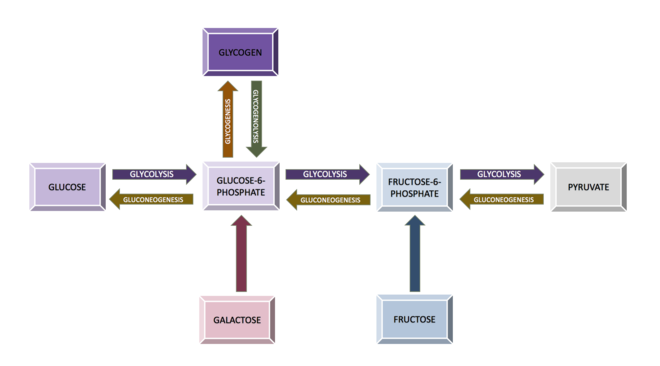
One of the main nutrients in our diet is carbohydrates. Previously we’ve looked at how carbohydrate is digested in the GI tract and absorbed into the bloodstream. Now, we’ll look more at what happens to carbohydrates; the monosaccharides once absorbed into the bloodstream. How are they distributed across the body, and how is that regulated?
Consider the situation after a meal. After a meal, your blood glucose level will go up, and that increase in blood glucose level will trigger the pancreas to release a hormone called insulin.
Insulin has two major actions:
- It stimulates the uptake of glucose into tissues,
- and it stimulates the conversion of glucose into the storage form called glycogen.
The consequence of those two actions is that blood glucose levels go down. After a while, the decrease in blood glucose level will trigger the production of another hormone by the pancreas called glucagon.
Glucagon does the exact opposite of insulin. So it promotes the breakdown of glycogen and contributes glucose to the bloodstream. It helps maintain blood sugar levels during periods of fasting when no food is coming into the body. As a result, the blood glucose level is maintained, and the cycle restarts again.
Let’s discuss the storage form of glucose called glycogen; there are two organs in the body where we store glycogen. The first one is the liver, and glycogen is a polymer of glucose that resembles starch. It is formed after a meal when blood glucose levels are high, but it is broken down during fasting when you don’t eat and need to maintain your blood sugar levels. That process of glycogen breakdown is triggered by glucagon. It leads to the release of glucose units into the bloodstream and maintains a stable blood sugar level.
What about Glycogen in the Muscle?
Glycogen in the muscle functions very differently. Glycogen in the muscle cannot contribute to maintaining blood sugar levels and is used locally inside the muscle, where it is stored and provides energy for that particular muscle.
Particularly during high-intensity exercise, if you start running up the stairs, the glycogen stored in your thigh muscles would be used as an energy source. It would be broken down to glucose, and the glucose would be immediately used in the muscle cell to provide energy. So, we can store excess glucose; we can store excess carbohydrates in the form of glycogen in muscle and liver.
But what if these stores are filled up? What if we over-consume carbohydrates? But these two stores are already filled up. Then we can convert glucose into fat and carbohydrates into fat. The body has that ability, which means that if you overeat sugar, you can become obese very easily. The inverse can’t occur, so we cannot convert fat into carbohydrates!
That is a serious limitation that especially impacts during fasting because it causes our body to break down very valuable tissues to provide glucose when we are, for instance, in a state of fasting or famine. But overall, the point that I want to make today is that glucose metabolism is carefully regulated to maintain stable blood sugar levels. And the reason for this is that the body and the brain can only function if it gets sufficient glucose. So the body has developed an intricate mechanism that involves certain hormones, insulin, glucagon, and others, to maintain the blood sugar level. We can store glucose as glycogen in the liver and muscle and convert carbohydrates into fat if we consume too much of it.
Carbohydrates and Health
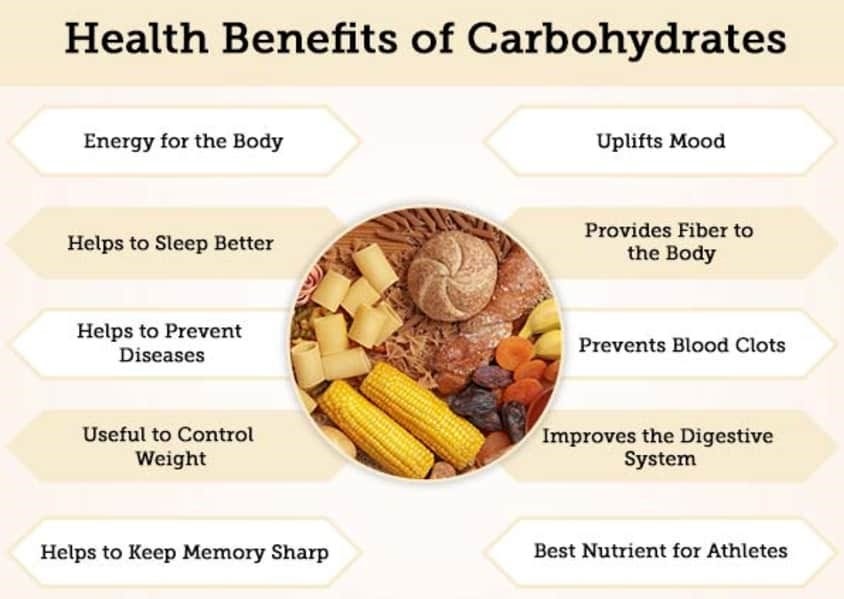
Some people would like you to believe that we should avoid carbohydrates as much as possible, but is there any basis for that? Well, there are major concerns about a certain carbohydrate type, sugar. So we’ll look at sugar in a little bit more detail. And how much sugar are we eating?
Sugar has a bad rep; some people say it’s responsible for the current obesity epidemic. But is that justified? Of course, the sugar industry denies that we consume too much sugar, and you would wonder why.
Now, what can be done to lower sugar consumption? That is not so easy. Is there a job for artificial or non-nutritive sweeteners? The aspartame, sucralose. Some people are waging a crusade against artificial sweeteners because they believe they cause nasty diseases. But is there any basis for this? But carbohydrates are not all bad; some are good for you!
As seen on:

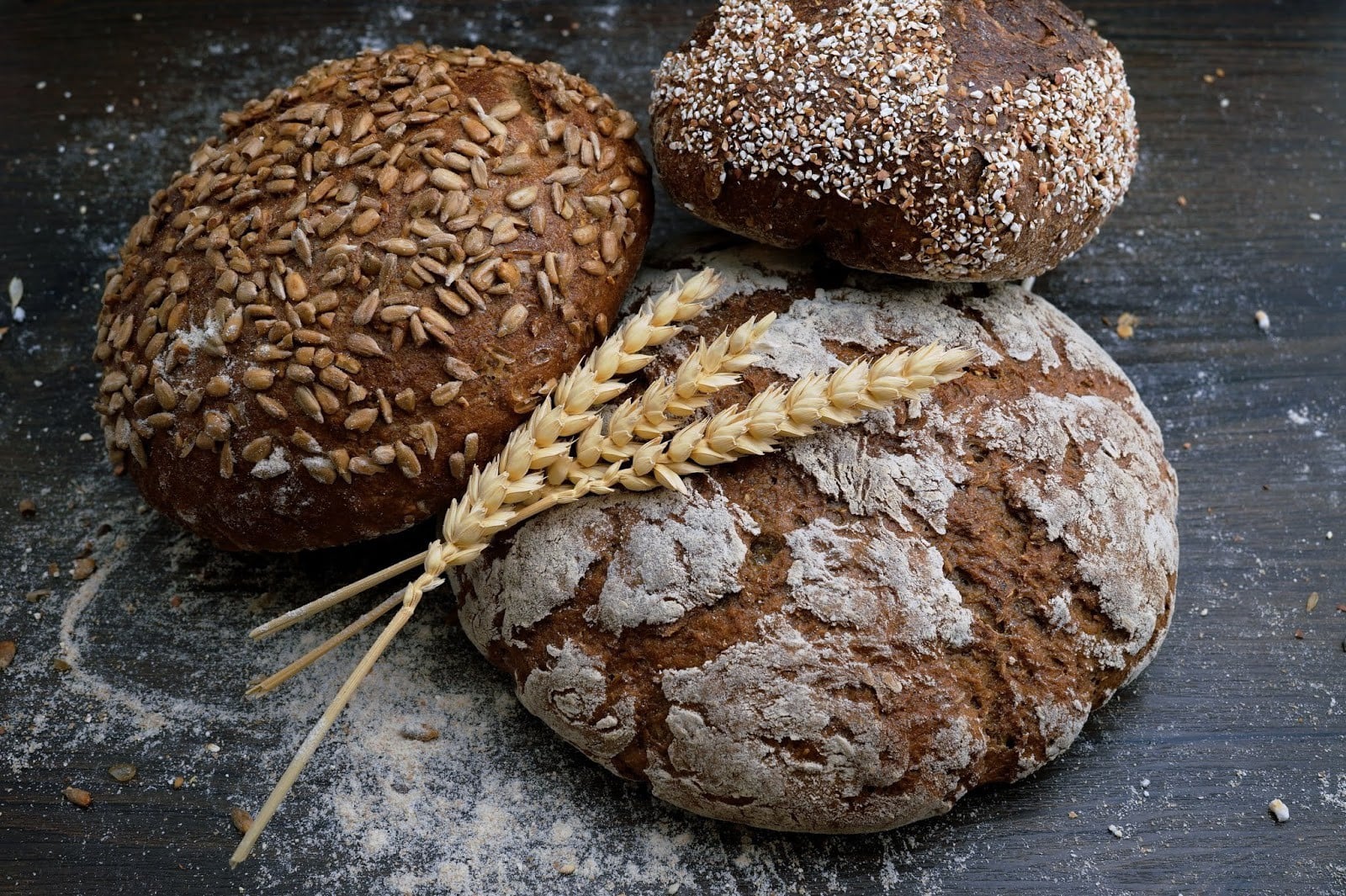
Very good; you wrote an amazing article. It’s informative and I love it!
Hello Herna,
Thank you so much for taking out the time to tell me how much you appreciate and enjoy this article!
Keep visiting for more valuable content!
Cordially,
Hamna Qasim
Your article is super informative!
I’m glad I spotted your post because it’s well-explained with improved concepts I’ve read from everyone else on this subject.
Can I ask you to add to this? Maybe provide another example?
Thanks 🙂
Hello Stella,
Hope you’re doing good. And thanks a lot for your wonderful response, dear.
Surely, you can ask anything from me to add. Also, I would love to hear more about some topics you would like me to cover in my upcoming articles. I’ll be more than happy to write them for you!
Thank you again for your attention.
See you again on my website!
Sincerely,
Hamna Qasim
IG: hamnaqasimofficial
Thanks for the suggestions you have discussed here, Hamna.
Dear Christopher
Thanks a lot for your response and love! See you again on my website.
Kind regards,
Hamna Qasim
Wow, fantastic weblog format!
How lengthy have you been running a blog for? You make running a blog look easy.
The entire look of your site is fantastic, let alone the content!
Dear Kasha
Thanks a lot for your response and love! See you again on my website.
Also, I would love to hear more about some topics you would like me to cover in my upcoming articles. I’ll be more than happy to write to you!
Kind regards,
Hamna Qasim
There is clearly a lot to realize about this topic.
You made perfect points in the article.
Dear Toney,
Thanks a lot for your response and love! See you again on my website.
Kind regards,
Hamna Qasim
Hello there,
I am so delighted I found your website. I was looking on Bing for something else and found you.
Regardless I am here now and would like to thank you for a great post and all-around exciting blog (I also love the theme/design). I don’t have time to read through it all at the moment, but I have saved it and included your RSS feeds, so when I have time, I will be back to read more.
Please do keep up the great work.
Hello Adrien Willens
Thanks a lot for your response and love. I’m pleased to hear that you loved my blog.
Also, I would love to hear more about some topics you would like me to cover in my upcoming articles. I’ll be more than happy to write to you!
Thank you again for your attention.
See you again on my website!
Sincerely,
Hamna Qasim
I’m excited to discover this website. I want to thank you for your time for this fantastic read!!
I liked every part of it, and I have you bookmarked to look at new things on your website.
Good post!
I learn something totally new and challenging on blogs I come to every day. It will always be interesting to read through articles from other writers 🙂
Some genuinely interesting details you have written. It aided me a lot, just what I was searching for. 😀
I have read your article carefully and I agree with you very much. This has provided great help for my thesis writing, and I will seriously improve it!